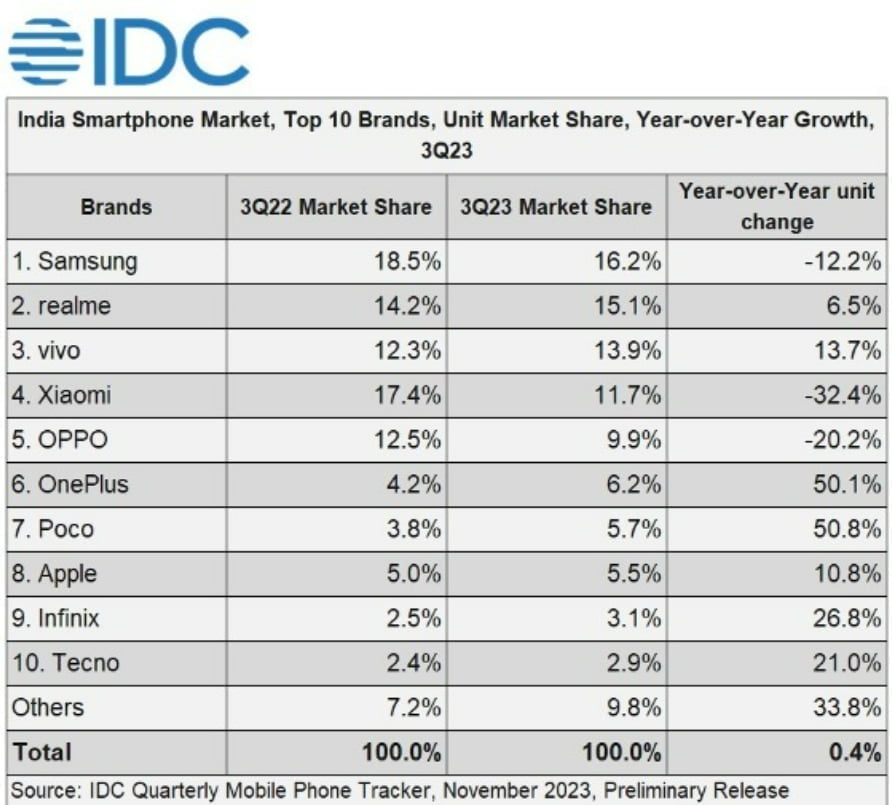Huawei HiSilicon Ships 8M Kirin SoCs in Q1 2024, Beats Google Revenue
Huawei's HiSilicon division, known for its Kirin chipsets, is experiencing a revival in the smartphone chipset market. According to Canalys data, the company managed to ship 8 million Kirin units in the first quarter (Q1) of 2024, generating a revenue of $6 billion. Competitive Landscape While this is a notable improvement from previous quarters, Huawei still […]
Huawei HiSilicon Ships 8M Kirin SoCs in Q1 2024, Beats Google Revenue Read More »







